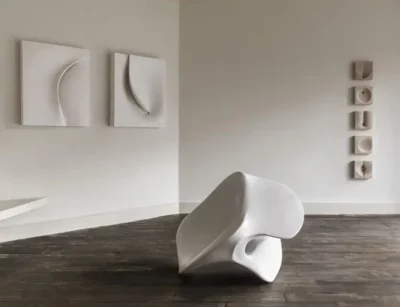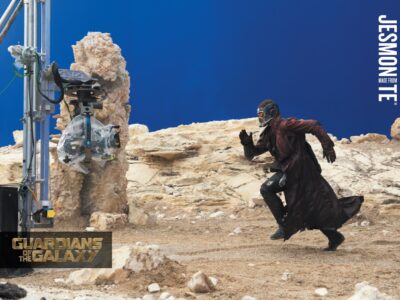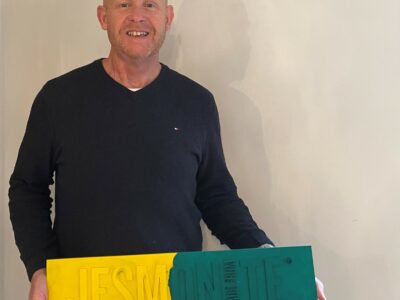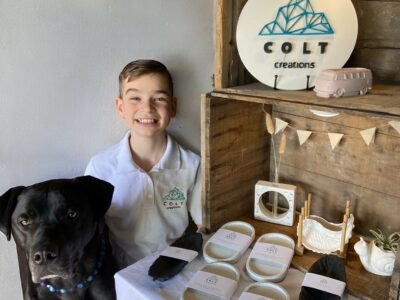A sculptor who started with clay said she has more freedom and versatility, both in her work and space at home! – after creating with Jesmonite. Mari-Ruth Oda has created Jesmonite sculptures which have been exhibited all over the UK and abroad, including at Tristan Hoare Gallery in London, Bluecoat Display Centre in Liverpool and in her solo show at Francis Gallery in Bath. She has recently been using Jesmonite for making her larger sculptures for projects in Taiwan, Japan, and the USA. Mari was introduced to Jesmonite by a prop making friend when she had a project with a short deadline and not enough time to do it in clay, so asked a friend which material he thought would work quickly. Mari explored Jesmonite and successfully applied for a grant to explore the material and make larger sculptures with it.
Jesmonite, clay, bronze, or stone?
“A massive constraint working with clay is the firing and drying time,” she said.
“It can crack when I want to make complex forms because of the shrinkage it has, I couldn’t take on large scale projects and there was never enough time for, say, a month of drying.
“Using Jesmonite has broadened opportunities and scope.
“I can be a bit more accurate, specific and precise, more so than with clay.
“Jesmonite gives me freedom to refine forms of my sculptures, my work has changed in that regard.
“It is a dream to work with compared to resin, it doesn’t have that smell, and I can be confident in presenting it for public artwork, if that is what I am working for, as it has a huge benefit of being non-toxic and environmentally friendly.”
Mari, originally from Japan, came to the UK for schooling while her family lived in Yugoslavia. She has lived, studied, and worked here ever since. Mari recently moved to the Llyn Peninsula in North Wales from Manchester and found herself with a less reliable electricity supply, she was pleased to have introduced Jesmonite to her work because of this.
“In a rural area it is difficult to get a 3-phase electricity supply for a kiln, so I don’t have one large enough to make what I used to make,” she added.
“I don’t make in components, so I used to have a large kiln to fire my big pieces, being able to let go of the kiln was huge.
“The space and the cost of the electricity too, it has freed my practice up both in space and time.”
How much can you make Jesmonite look and feel like other materials?
Mari graduated from Manchester University in 1996 and was a ceramicist to begin with, working mainly with clay. She was introduced to Jesmonite in 2011 and has spent a lot of time exploring the material. She has mixed cellulose, pulp, and many other materials – in many ways she can make it work like clay, which she is an expert in. She also works with bronze and stone in her sculptures and the introduction of Jesmonite has also complimented this work. She uses AC730 with moulds, AC300 making originals and AC100 in layers and applying a patina finish which she has taken inspiration from bronze work.
“I tend to sand down AC730, which has helped me get used to working with stone,” she added.
“My first stone project was a water feature for Chelsea Flower Show in 2019 for Thomas Hoblyn’s show garden, so I jumped straight in at the deep end, but my Jesmonite experience really helped.
“I have enjoyed exploring colours more recently and, in the future, I am looking to build layers of AC730, making it more like stone with natural strata lines.”
You can find out more about her and her work at her website or by following Mari on Instagram or Facebook. Her work is available to purchase via Francis Gallery.








